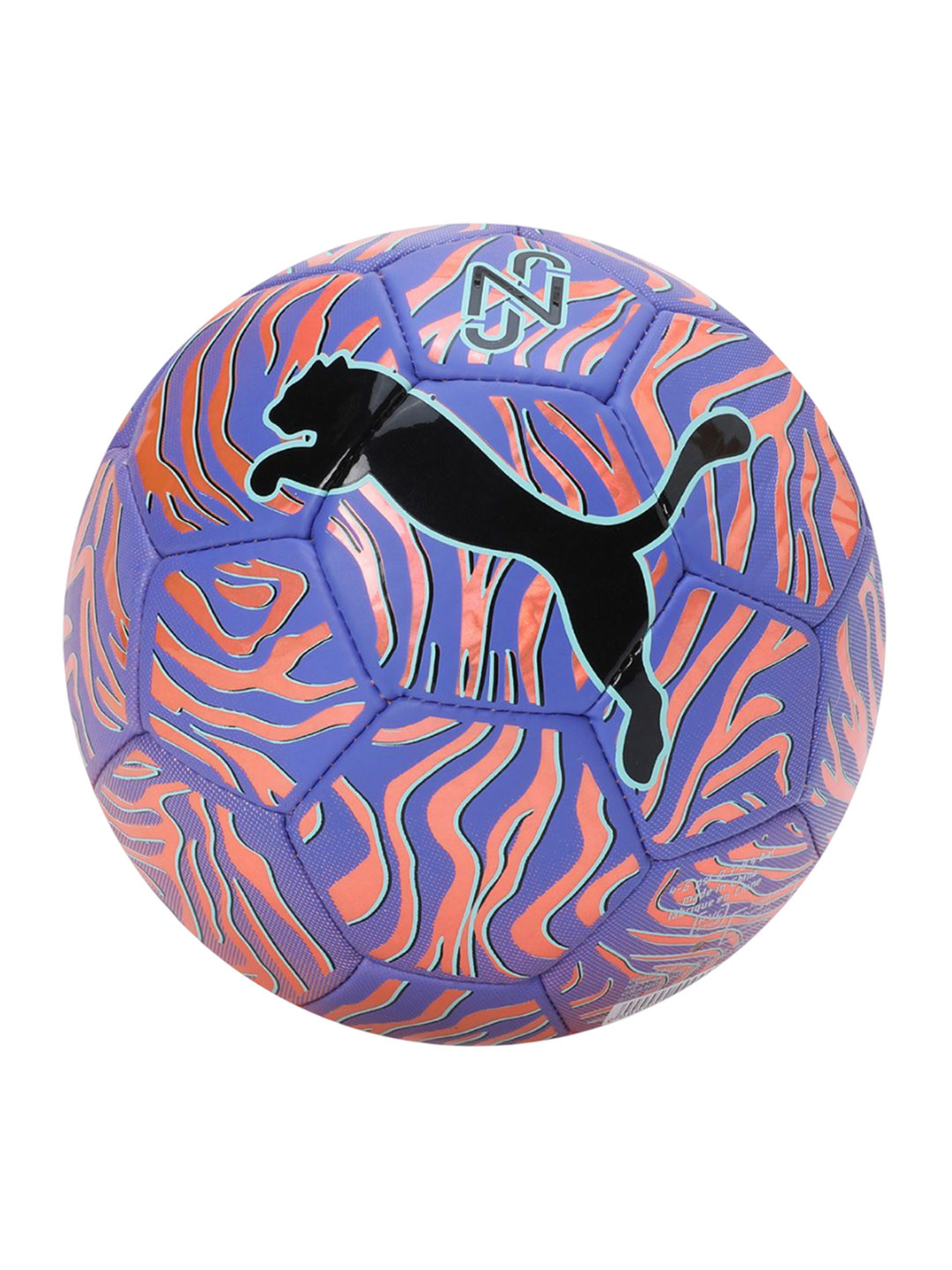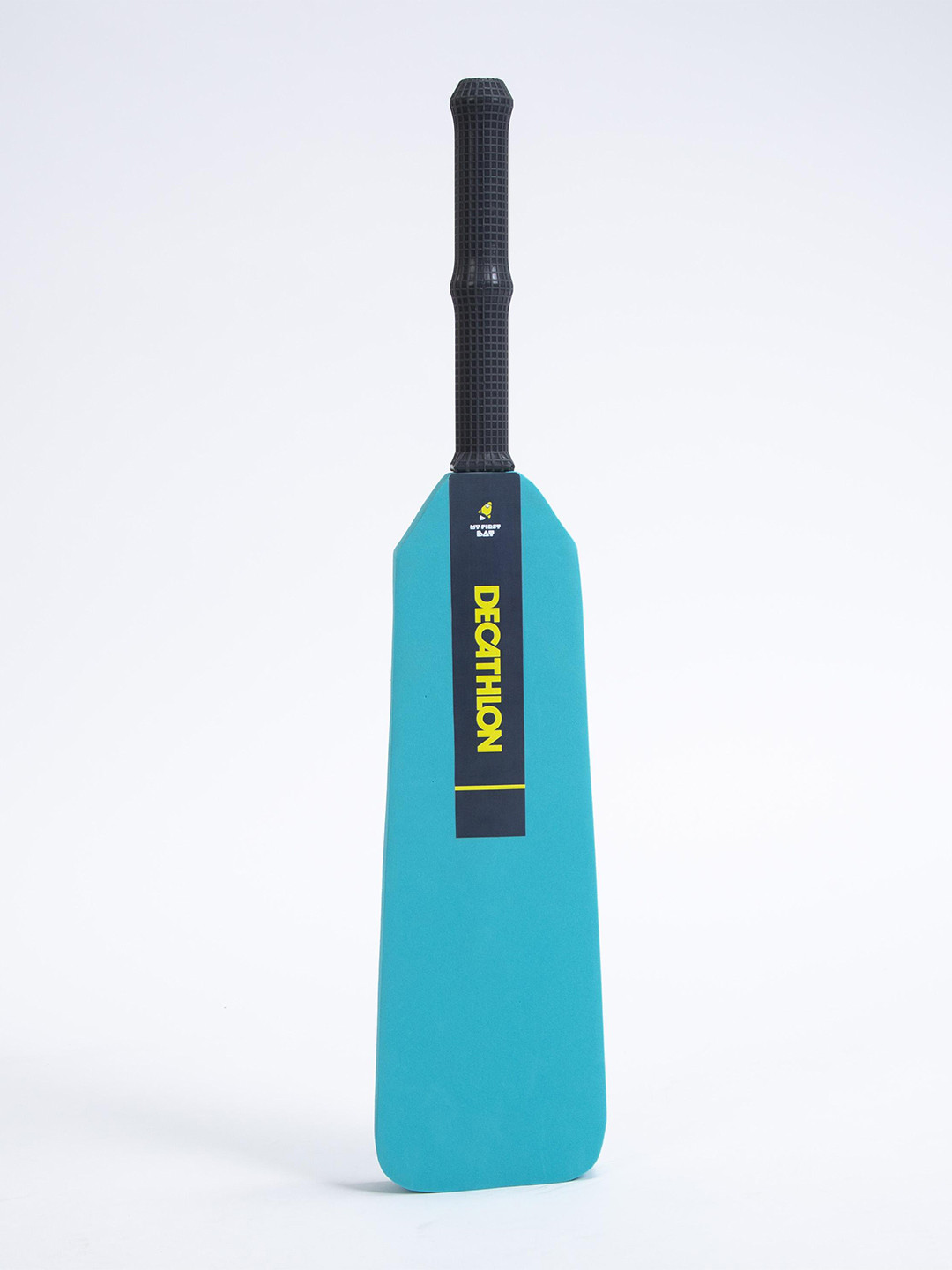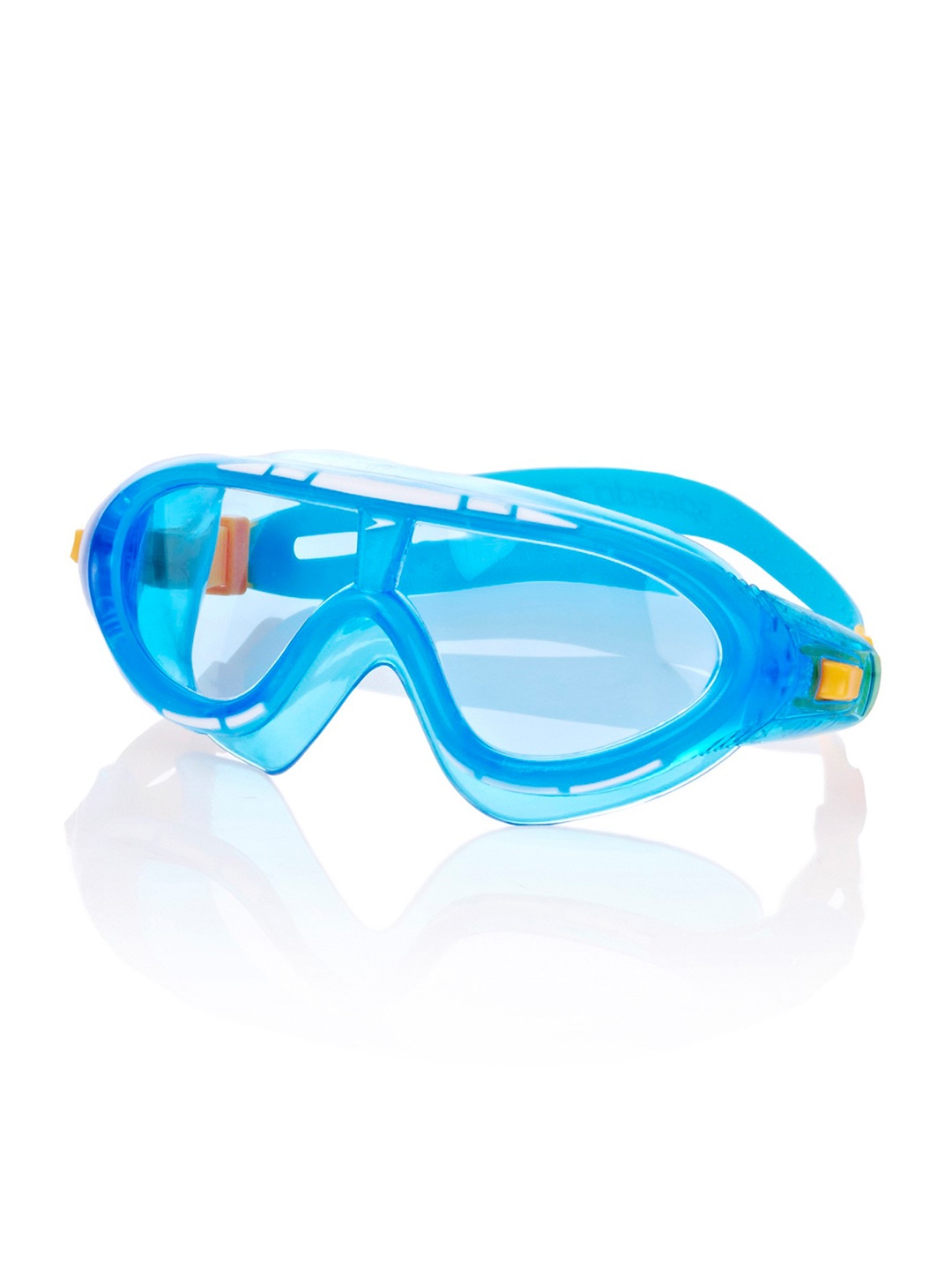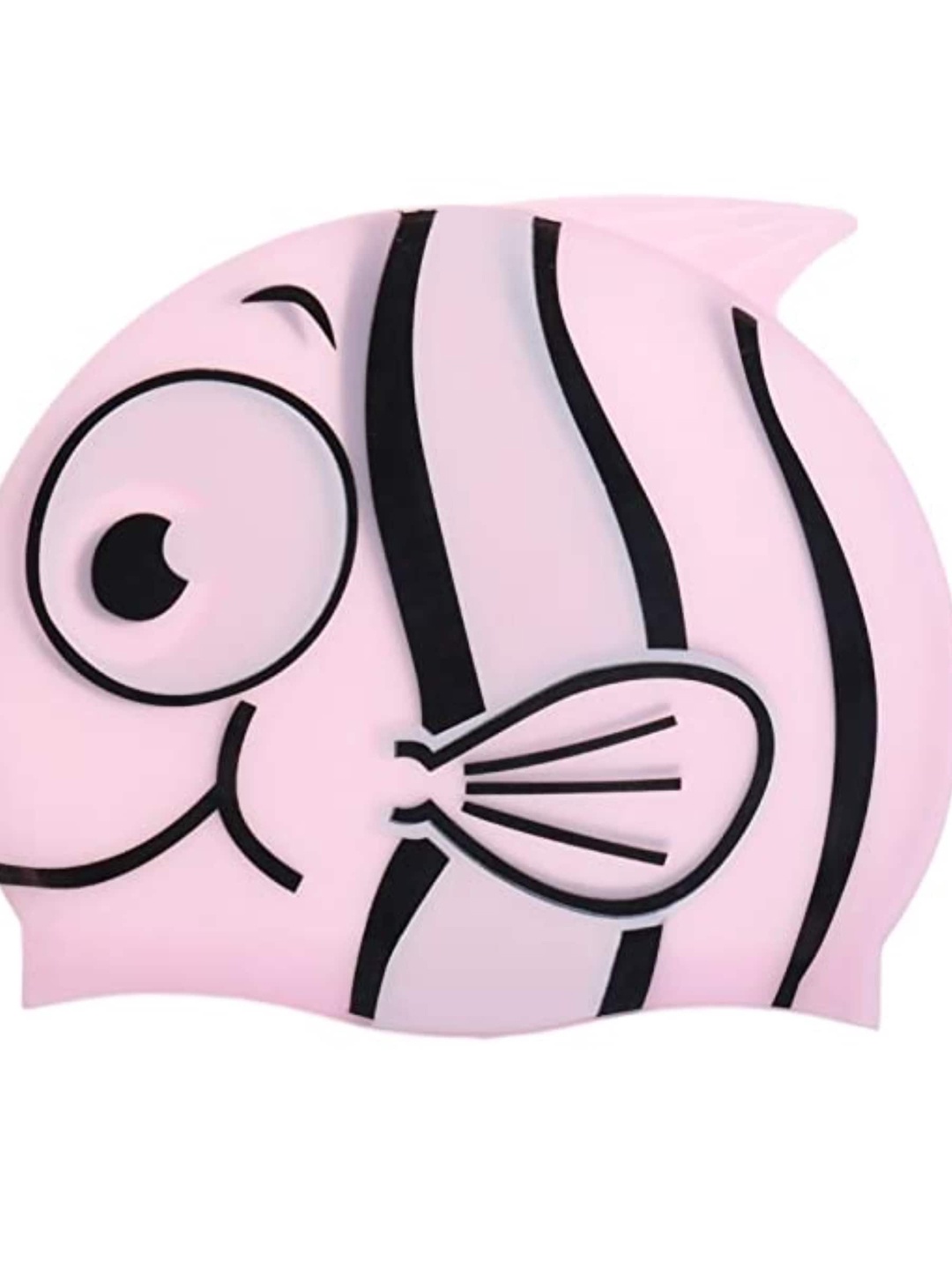Why Compression Gear Is A Must For Enthusiastic Gym-Goers
Discover why compression gear is becoming increasingly essential for gym workouts. Read more about how it can support muscles, boost circulation, reduce soreness, and explore the types of compression wear for better performance and recovery.

Compression gear can help support your muscles during workouts.
Compression gear is increasingly becoming a staple in gym wardrobes, not just for professional athletes but for fitness enthusiasts at all levels. But why exactly do we need compression gear for the gym? This article unpacks the reasons, benefits and practical reasons behind choosing compression wear, aiming to help those considering an investment in this kind of fitness apparel. Whether someone is looking to enhance performance, speed recovery, or simply stay comfortable, understanding compression gear's advantages is key to making an informed choice.

Compression gym gear helps improve blood flow and oxygen delivery to tired muscles.
Photo Credit: Pexels
What Is Compression Gear?
Compression gear refers to tightly fitting clothing designed to apply targeted pressure to specific areas of the body during physical activity. This gear includes items such as compression shirts, leggings, shorts, and socks. Made primarily from stretchy, moisture-wicking materials like polyester or nylon, it offers more than just a snug fit, it supports muscles, improves circulation, and aids in recovery.
Also Read: How To Buy Gym Weights For Home: A Complete Guide To Space, Budget And Safety
Benefits Of Compression Gear
Muscle Support And Injury Prevention
One of the core reasons to wear compression gear at the gym is to provide muscle support. During workouts, especially high-intensity sessions involving weightlifting, running, or circuit training, muscles are subjected to repeated stress and vibrations. Compression clothing applies consistent pressure that helps stabilise muscle groups, reducing unnecessary oscillation or shaking that can lead to strain or injury.
For example, a compression shirt supports the upper body muscles, including the core and back, helping maintain proper form during lifts. Similarly, compression leggings or shorts support the quadriceps, hamstrings, and calves. This muscle support can reduce fatigue, lower the risk of strains and sprains, and enhance overall movement efficiency. It also gives a subtle proprioceptive benefit, increased awareness of body position, which is crucial for exercise precision and injury avoidance.

Wearing compression gear can reduce muscle soreness after exercise.
Photo Credit: Pexels
Enhanced Blood Circulation And Oxygen Delivery
Compression wear works by gently squeezing the muscles, which improves blood circulation. Increased circulation means more oxygen-rich blood reaches the working muscles and metabolic wastes like lactic acid are removed more efficiently. This process supports better muscular endurance and reduces the buildup of fatigue-causing elements.
Enhanced blood flow through compression garments not only helps during the workout but also facilitates faster recovery afterwards. The improved circulation means nutrients and oxygen needed for muscle repair reach tissues quicker, making it easier to bounce back from tough training sessions.
Reduced Muscle Soreness And Quicker Recovery
Many gym-goers experience delayed onset muscle soreness (DOMS), which can feel particularly uncomfortable after intense workouts. Compression gear has been shown to reduce this type of muscle soreness by supporting the muscles and improving circulation to clear away lactic acid and other waste products more efficiently.
Additionally, compression garments help manage swelling and inflammation post-workout. The gentle pressure acts like a massage, reducing muscle fatigue and speeding up the repair process. This means less downtime between sessions, making it an excellent choice for those who train frequently or follow intense regimens.

Different types of compression wear target different body parts.
Photo Credit: Pexels
Moisture Management And Comfort
Modern compression gear is made from advanced moisture-wicking fabrics that pull sweat away from the skin to the fabric's surface, where it evaporates quickly. This wicking capability keeps the wearer dry and comfortable even during heavy sweat sessions.
Unlike traditional cotton gym wear, which tends to absorb and hold moisture, compression clothing stays lightweight and dry. This not only feels better but also helps prevent common issues such as chafing, overheating, and skin irritation, allowing for longer, more focused workouts.
Improved Flexibility And Range Of Motion
Despite their snug appearance, compression garments are highly flexible and move with the body. They provide support without restricting movement, making them suitable for a wide range of exercises from yoga and stretching to weightlifting and running.
Because compression wear allows full freedom of motion, it helps gym users perform exercises with proper technique, reducing the risk of injury related to poor form or restricted movements.
Psychological And Performance Benefits
There is also a psychological advantage to wearing compression gear. Many gym users report a feeling of increased readiness and confidence when wearing compression clothing, partly due to the sensation of muscle support and improved blood flow.
Moreover, as per a study titled 'Influence of compression garments on perceived exertion during maximal isometric exercises' by University of Verona and University of Salerno, compression gear can reduce perceived exertion, the feeling that exercise is easier or less tiring. Whether this effect is psychological, physiological, or both, it can help users sustain longer and more intense workouts.
Types Of Compression Gear
When considering compression wear for the gym, it helps to know the different types of gear available and their specific uses. Each type targets different areas of the body and offers various functional benefits:
Compression Shirts and Tops: These are designed to support upper body muscles including the chest, shoulders, and back. They are especially popular among weightlifters and those doing bodyweight exercises, as they help maintain posture and reduce muscle fatigue in the upper body.
Compression Leggings and Tights: These provide support and compression to the legs, including the quadriceps, hamstrings, calves, and glutes. Ideal for runners, cyclists, and gym users who focus on lower body workouts, they improve blood flow and reduce muscle vibration.
Compression Shorts: Shorter than leggings, these focus on the thighs and glutes. They are particularly useful in warmer environments or for short-duration workouts where full leg coverage isn't necessary.
Compression Socks and Sleeves: Typically used for the lower legs, these garments improve circulation in the calves and shins. They help prevent muscle cramps and shin splints and are beneficial for those involved in endurance activities or standing long hours.
Arm Sleeves: These cover the forearms and biceps and offer muscle support during upper body movements, such as weightlifting or racquet sports. They also aid in managing muscle fatigue and improving circulation in the arms.
Knowing which type of compression gear suits particular workout routines or personal needs can help buyers make better-informed choices for their gym wardrobe.
Why Buy Compression Gear For The Gym?
Compression gear is far from a mere fashion statement; its design is borne out of science that supports real benefits for exercisers. From enhanced muscle support and improved circulation to reduced soreness and quicker recovery, it addresses many common concerns faced by gym users.
For anyone serious about their workouts, compression clothing offers practical advantages: it helps protect muscles, assists endurance, manages sweat, and promotes faster recovery. Whether training for endurance, strength, or general fitness, investing in quality compression gear can be a valuable addition to one's gym kit.
In sum, compression garments enhance workout comfort, performance, and recovery, making them a sensible choice for those looking to maximise the benefits of their gym sessions and maintain consistent training schedules. Considering the scientific backing and user experience, compression gear is worthy of consideration for anyone wanting a competitive edge and better post-exercise relief.
Frequently Asked Questions (FAQs)
1. What is compression gear and how does it work?
Compression gear is tight-fitting clothing designed to apply pressure on muscles, improving blood circulation, supporting muscles, reducing vibrations, and aiding recovery during and after workouts.
2. Does compression gear really improve gym performance?
Yes, by enhancing blood flow and supporting muscles, compression wear can reduce fatigue and muscle soreness, helping gym-goers maintain better performance during workouts.
3. What types of compression gear are available?
Common types include compression shirts, leggings, shorts, socks, and arm sleeves, each designed to support specific body areas like upper body, legs, and arms.
4. Can compression gear help with muscle soreness after exercise?
Compression clothing helps reduce delayed onset muscle soreness (DOMS) by improving circulation and reducing muscle swelling, allowing for faster recovery.
5. Is compression gear comfortable for long workouts?
Modern compression gear is made from moisture-wicking, breathable fabrics, which keep the wearer dry and comfortable throughout intense or prolonged gym sessions.

























